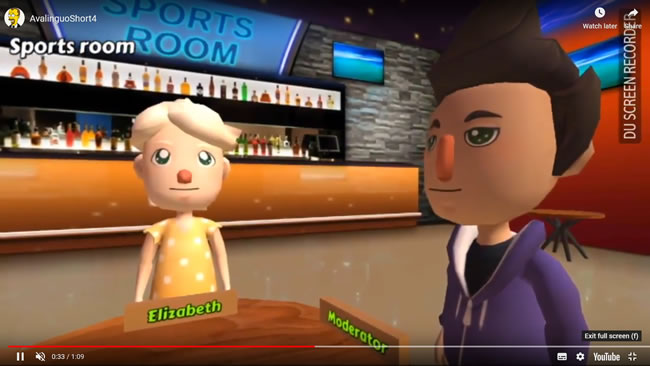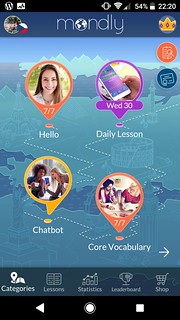What do the words knot and knit have to do with King Canute, and how do they connect to Bluetooth? Let’s find out.
A knot [nɒt, nɑt] is:
- a looping of a piece of string or of any other long, flexible material that cannot be untangled without passing one or both ends of the material through its loops
- A tangled clump of hair or similar.
- The whorl left in lumber by the base of a branch growing out of the tree’s trunk.
- A unit of speed, equal to one nautical mile per hour.
(other meanings are available)
It comes from Middle English knotte [ˈknɔt(ə)] (knot, tie, binding, link), from Old English cnotta [ˈknot.tɑ] (knot), from Proto-West Germanic *knottō, from Proto-Germanic *knuttô (knot), probably from Proto-Indo-European *gnod- (to bind) [source].
Words from the same roots in other languages include knot [knɔt] (knot, (hair) bun, skein) in Dutch, knútur [ˈknʉuːtʊɹ] (knot, lump) in Faroese, knude [ˈknuːðə] (knot, node) in Danish, knut [ˈknʉːt] (knot, an exterior corner of a (wooden) building) in Swedish, and maybe knead and node in English [source].
The English word knit comes from the same roots, via Middle English knytten [ˈknitən] (to wrap, secure, join, unite, fix, repair), from Old English cnyttan [ˈknyt.tɑn] (to tie, bind, knot, knit), from Proto-West Germanic *knuttijan (to bind, tie, knit), from Proto-Germanic *knuttijaną (to bind/tie into a knot), from *knuttô (knot) [source].
Canute, a.k.a. Canute the Great, Cnut or Knut, was King of England (from 1016), King of Denmark (from 1018) and King of Norway (from 1028) until his death in 1035. His name comes from Middle English Canut, from Anglo-Norman *Canut, Kenut, from Old Norse Knútr, from knútr (knot, hump), from Proto-Germanic *knuttô (knot) [source].
How does this all connect to Bluetooth? Well, King Canute was the son of Sweyn Forkbeard (Sveinn Haraldsson tjúguskegg), who was King of Denmark from 986-1014, and grandson of Harald “Bluetooth” Gormsson (Haraldr Blátǫnn Gormsson), who was King of Denmark from c. 958-986 and King of Norway from c. 970-985/986. The Bluetooth wireless technology is named after Harald Bluetooth as it unites devices like Harald united the tribes of Denmark into a single kingdom. The Bluetooth logo is made up of the Younger Futhark runes for his initials ᚼ (H) and ᛒ (B) [source].






